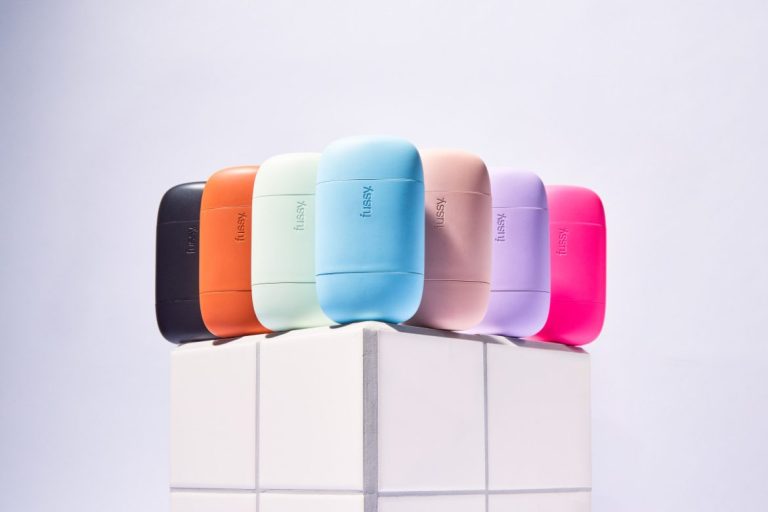When creating documents, and certainly sharing online, how confident are you that you haven’t infringed a trademark?
As well as instantly conveying a brand’s values, a trademark adds financial worth to a business and some companies protect their assets robustly, if not aggressively. Hence, Intellectual Property (IP) Legal firms’ very existence is to seek remedy for brand protection and infringement.
With many firms taking an automated approach to scouring internet content for infringement via a huge choice of software and platforms – there really is nowhere to hide.
Example Cases
- Specsavers vs Asda – short sighted?!
Demonstrating how protecting brand identity is a serious matter, Specsavers won their trademark conflict case against Asda in 2012. In addition to using a similar logo, Asda’s slogan “Be a real Spec Saver at Asda” contributed to the infringement.
- 3M vs. 3N – a sticky situation
Illustrating how the use of similar names can lead to court, in 2016 3M successfully sued Changzhou Huawei Advanced Material Co Ltd and were awarded RMB3.5 million in damages for using the name 3N. Despite fundamental differences in their products, 3M’s distinctive logo led to the ruling of trademark infringement against 3N.
About Trademarks
To understand how to avoid the pitfalls of trademarks, let’s take a look at how they are categorised. Some trademarks loose their protection over time when they become genericised and their marks are widely accepted as generic terms, such as Escalator and Kleenex.
Trademarks that are still legally protected are often referred to in generic terms, however the advice is to always use the generic equivalent, rather than the trademark.
The only exception is where the trademark is essential to conveying key information. Some of these will surprise you, and demonstrate how easy infringement could be claimed:
- Astroturf® – use artificial turf
- Band-Aid® – use plaster
- Bubble Wrap® – use cushioned packaging
- ChapStick® – use lip balm
- Filofax® – use personal organiser
- Frisbee® – use flying disc
- Hoover® – use vacuum
- Jacuzzi® – use hot tub
- Lego® – use bricks
- Memory stick® – use flash drive
- Plasticine® and Play-Doh® – use modelling clay
- Portakabin® – use portable building
- Post-it® – use sticky note
- Pritt Stick® – use glue stick
- Sellotape® – use clear tape
- Sharpie® – use permanent marker
- Tannoy® – use PA system
- Tipp-Ex® – use correction fluid
- Uber® – use ridesharing
- Zoom® – use video conferencing
Three Practical Tips
At What’s the Plan Stan?, we’ve come up with practical guidance to help you uphold brand etiquette and avoid potential infringement pitfalls.
1. When citing trademarked companies, we recommend using the registered trademark symbol (®), in superscript.
2. Avoid using the trademark as a verb or possessive adjective. For example, instead of “Dyson is a brilliant company,” use “Dyson® products are innovative”.
3. Ensure you don’t use the trademark in a way that could suggest your endorsement or association with the trademarked company.
At What’s the Plan Stan? we want you to reach your goals without getting bogged down in jurisdiction.
We can ensure your publications and plans are created for the right type of impact, avoiding any risk of infringement.
Talk to us about your plans and how we can help.




